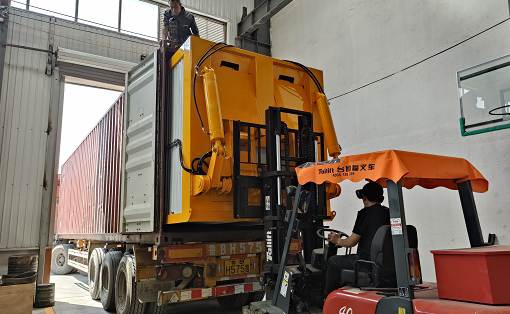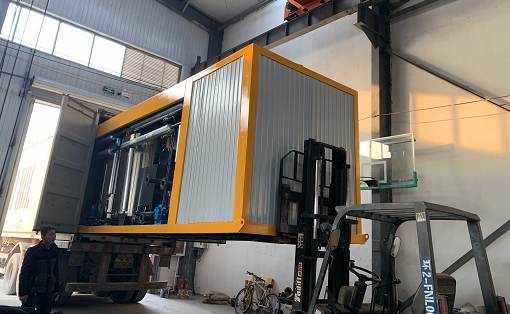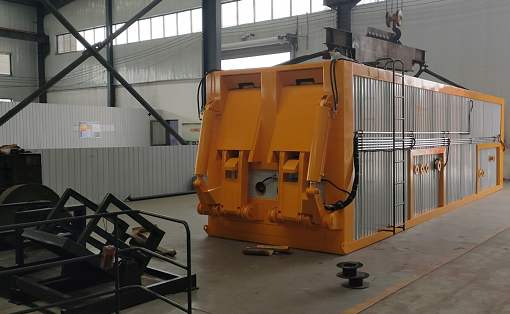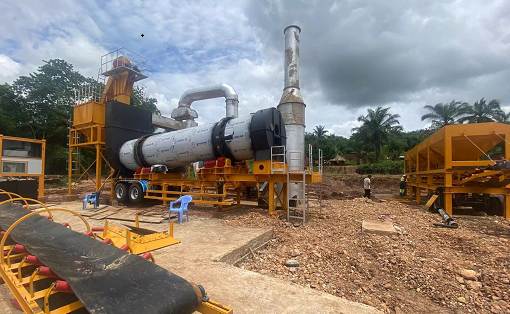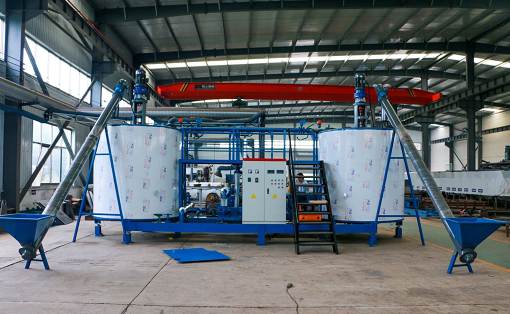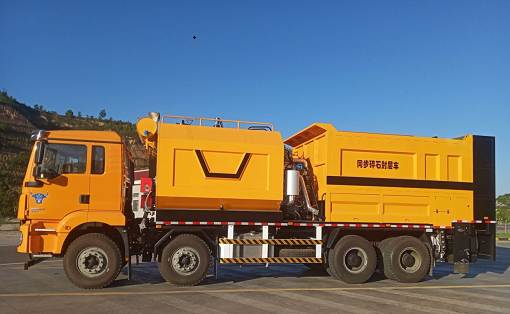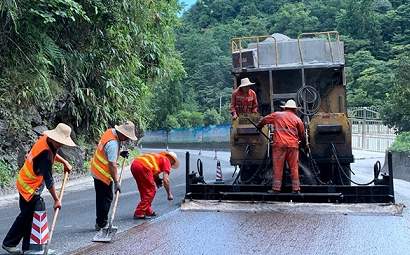What is the general construction process of fine surface treatment?
The fine surface is made of stone with a single particle size, which has high wear resistance and anti-slip properties. The construction of the fine surface adopts mechanized construction, which requires less manual labor and has the characteristics of fast construction speed, anti-skid and noise reduction.
The special bonding material for fine surfaces produced by Sinoroader Group has the characteristics of good bonding performance and good durability. The specific construction process is roughly as follows:
The fine surface is made of stone with a single particle size, which has high wear resistance and anti-slip properties. The construction of the fine surface adopts mechanized construction, which requires less manual labor and has the characteristics of fast construction speed, anti-skid and noise reduction.
The special bonding material for fine surfaces produced by Sinoroader Group has the characteristics of good bonding performance and good durability. The specific construction process is roughly as follows:
(1) Traffic closure;
(2) Treatment of original road surface diseases;
(3) Clean the road surface;
(4) Fine surface construction;
(5) Rubber wheel rolling;
(6) Spraying of enhanced bonding materials;
(7) Health preservation;
(8) Open to traffic.
Fine surface treatment is essentially a fine surface treatment technology for asphalt pavement, which is one of the more effective early preventive maintenance technologies for asphalt pavement. It uses specialized mechanical equipment to evenly spray modified epoxy asphalt pavement maintenance agent onto the asphalt pavement, and spread a layer of special fine sand to form a spatial network structure through a series of physical and chemical reactions between the material and the old pavement. The protective layer.





